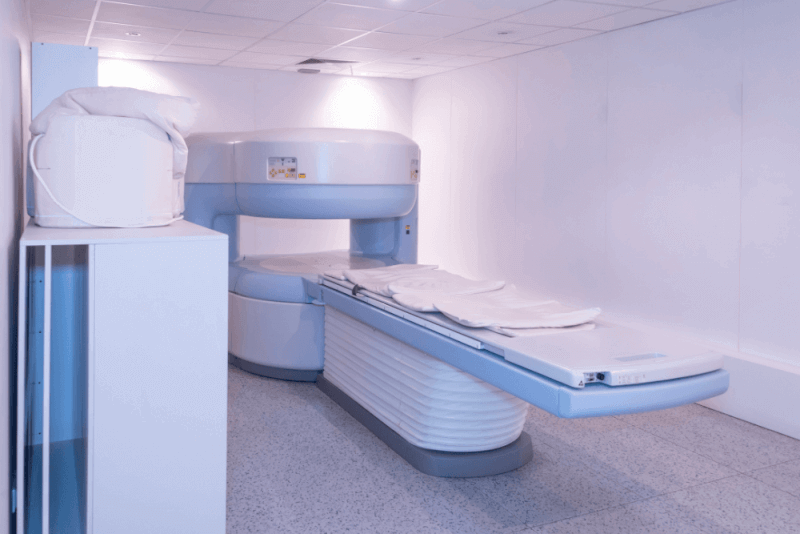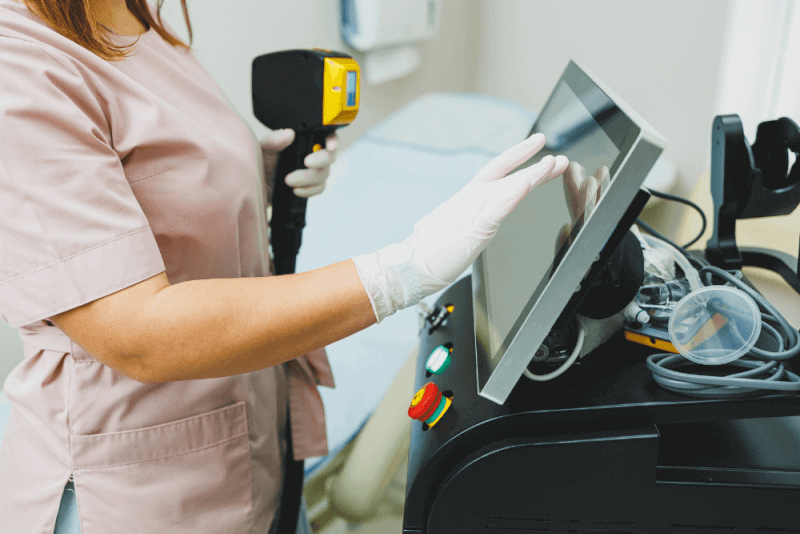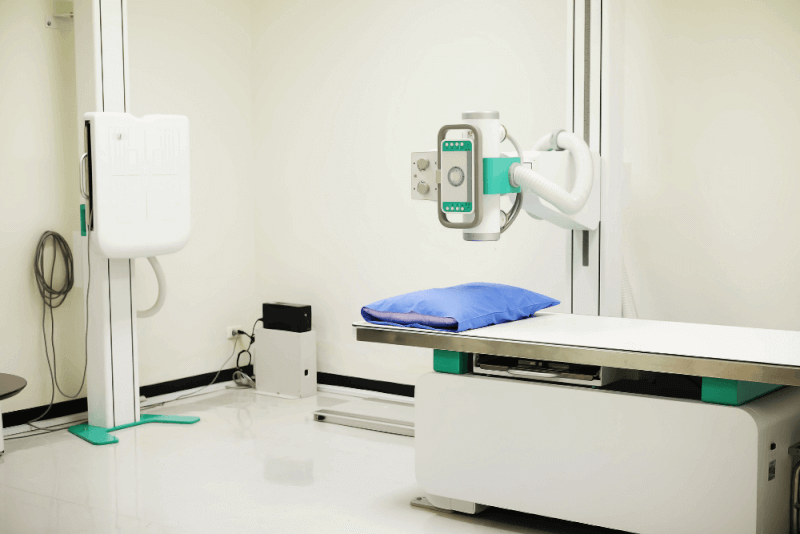30 Second Summary
- When a contrast agent is used during a CT scan, it is referred to as contrast-enhanced CT.
- Contrast-enhanced CT, which can be used in all types of CT scans except brain CT, allows for a more detailed examination of the area.
- If necessary, patients may be asked to fast before the procedure. If a patient has claustrophobia, sedatives may be administered before the scan.
- Generally, the results of a contrast-enhanced CT scan are available within 24 hours. However, this duration may vary depending on the institution's workload.
What is Contrast-Enhanced CT?
Contrast-enhanced CT refers to a CT scan where a contrast agent is administered. It is used in all types of CT scans, except brain scans, to provide a more detailed examination of the area.
Why is Contrast-Enhanced CT Performed?
Situations where doctors may request contrast-enhanced CT include:
- Detailed imaging of bone structures
- Before biopsy procedures
- Clear imaging of soft tissues
- Before radiation therapy
- Before surgical operations
- Joint problems
- Cancer research
- Investigation of heart diseases
- Sinusitis
- Kidney and bladder stones
- Ulcerative colitis
- Pulmonary embolism
- Determining the structure of tumors
- Suspected internal injury
- Investigation of liver masses
- Investigation of lung nodules
- Investigation of vascular blockages
- Muscle disorders
- Detection of infections
How is Contrast-Enhanced CT Performed?
The contrast agents used in contrast-enhanced CT are selected according to the procedure being performed. Generally, a dye derived from iodine is used. The contrast agent can be administered in three different ways:
- For imaging of the intestines, the contrast agent is administered via an enema.
- For digestive system issues, the contrast agent is given orally.
- For imaging the gallbladder, blood vessels, lungs, bladder, and similar areas, the contrast agent is usually administered intravenously.
If necessary, patients may be asked to fast before the procedure. If the patient has claustrophobia, a sedative may be administered beforehand. The patient is then asked to wear a gown, and any metal items are removed.
Depending on the procedure, the patient may be required to lie on their back or stomach. Patients must remain completely still during the scan. To obtain clearer images, patients may be asked to hold their breath for a few seconds. The entire procedure usually takes only a few minutes.
What Are the Side Effects of Contrast-Enhanced CT?
Side effects of contrast-enhanced CT include:
- Severe allergic reaction to the contrast agent
- Nausea
- Headache
- Dizziness
- Delayed elimination of contrast agent through the kidneys
- Redness
- Itching
When Will the Results of Contrast-Enhanced CT Be Available?
Generally, the results of a contrast-enhanced CT scan are available within 24 hours. However, this time may vary depending on the institution's workload.
How Long Does Contrast-Enhanced CT Take?
The contrast-enhanced CT scan usually takes only a few minutes. However, the duration can vary depending on the area being scanned.
Does a Person Who Has a Contrast-Enhanced CT Emit Radiation?
The contrast agent used in contrast-enhanced CT does not contain radiation. However, the CT scanner is a device that emits radiation. Therefore, there is no difference in radiation exposure between contrast-enhanced and non-contrast CT scans.
What Should Be Done After a Contrast-Enhanced CT Scan?
After the scan, patients should remain in the hospital until they feel well. Additionally, to help eliminate the contrast agent from the body, patients should drink plenty of water after the procedure.







